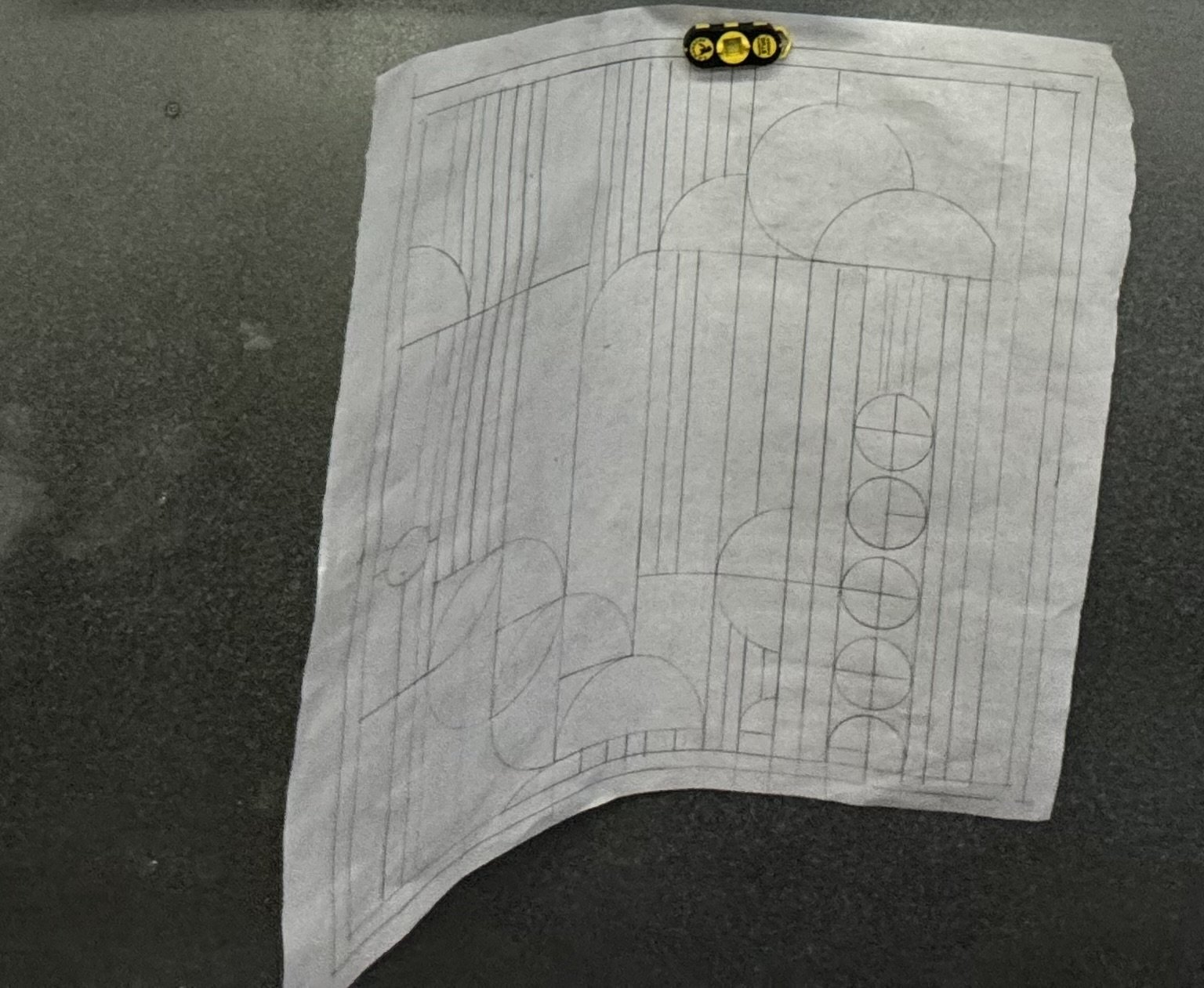REMODEL: The Great Stained Glass Affair Pane 1
Fast forward, I spent months trying to come up with ideas of how do to do this stained glass space. And one day I was updating my art catalog while down at Disneyland with a new purchase. And it hit me. Why not an artwork inspired piece. After that trip I interviewed two local glass artists about fabricating something for this open space. I clicked with John over at ArtWrks and he already had the whole frame and support system mapped out in his head in the first meeting. The plan, a four pane structure that will support all the glass that was needed to fill the big hole.
Let’s return to the stained glass monster in the ceiling. Let’s be honest, the fact that I am installing stained glass at all in our house is huge leap for me and my taste. Yes, I love going to places like a church or the Marc Chagall Museum in Nice, France, to see all those amazing stained glass windows. But never did I think I had the guts to venture into stained glass like some of architects and designers I love (Julia Morgan, Alfonso Muscha, & Frank Lollyd Wright.) At first, I was toying with designing the panes myself but that become a stressful undertaking since I haven’t drawn anything since my college days. Although, in high school I used to sketch ideas for windows and jewelry in my sketchbooks. I still have all of that work but finding it was an undertaking itself.
For four months, I mulled ideas of what to do with these four panes of glass. We were on another trip to Disneyland following my nieces wedding. While our three families posed for a group portrait, I took a moment to enjoy the tall Napa Rose stained glass windows. I realized while admiring the glowing light through the Frank Lloyd Wright inspired windows in the main dinning room, the window was the answer. Namely because I immediately remembered 5 years earlier, Clem and I did a date night together there while my mom and mother-in-law babysat the kids in their hotel rooms for the night. I think my mom actually had all three in her room watching a movie. It was an evening I’ve remembered fondly, especially that my mother, who would pass three years later, helped make it happen.
This now brings us to the first pane I thought of first, but the second panes that was completed for the project. The pane would be based on a Frank Lloyd Wright window design, an obvious choice for our craftsman inspired project. The problem was a plethora of options. I’ve been lucky enough see and tour a few homes by Wright over the past few decades. But my first real exposure to his work was in 94 when I surveyed a design class at RISD that had a section on Wright stained glass works. I got the luxury to see several pieces from the Martin House in New York and did a field trip up to Buffalo, New York to see the house before it started restoration in the 90s.
The finished pane inserted.
The design I settled on was actually one of the hundreds of designs Wright made in his lifetime but never produced. The design was used on the cover of Liberty Magazine in 1926, called the Suguaro Forms & Cactus Flowers. It would go on to be one of the most notable works to inspire other artists to build their own versions of the window design. I love the history of this pane and the color palette was an additional draw to choosing it. The green color palette will ensure it’s placement in the 4 lights of the sun tunnel. This was also the most intricate of the four designs I chose. Wright's inspiration is throughout the house. From the narrow staircase windows, to the square prairie window panes used in most of the house. This pane was actually the second pane to be produced. Coming next, a double whammy, pane 2 and 3.
The Biltmoe Hotel’s Saguaro Forms & Cactus Flowers Window 1973
While Saguaro Forms & Cactus Flowers design was never produced during Wright’s lifetime. The design would be used in the Arizona Biltmore Hotel almost 20 years after Wright’s death. The Biltmore more was built in the 1920’s and was designed by Albert Chase McArthur, who was a draftsmen for Wright for two years. The hotel design references Wright’s work and Wright himself helped with the project for a period of time. In the 1970’s the Biltmore underwent a renovation and the owner commissioned a group of Wright’s students to build the full-size window for the hotel. Adding this piece was a no brainer.







